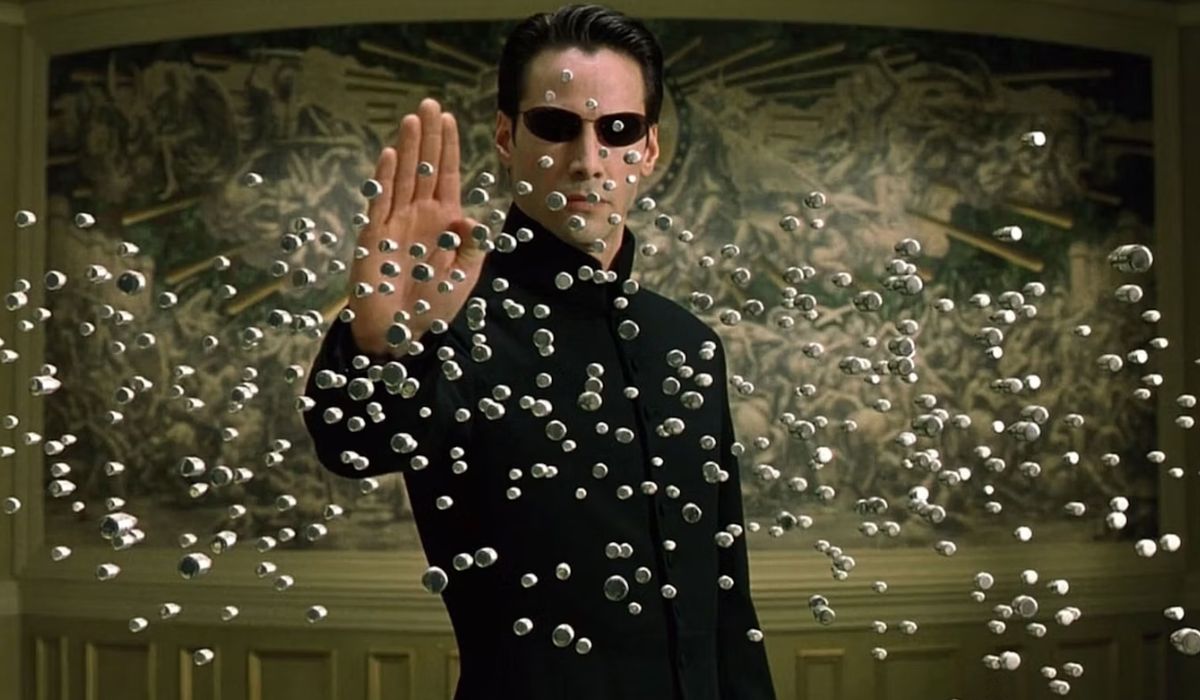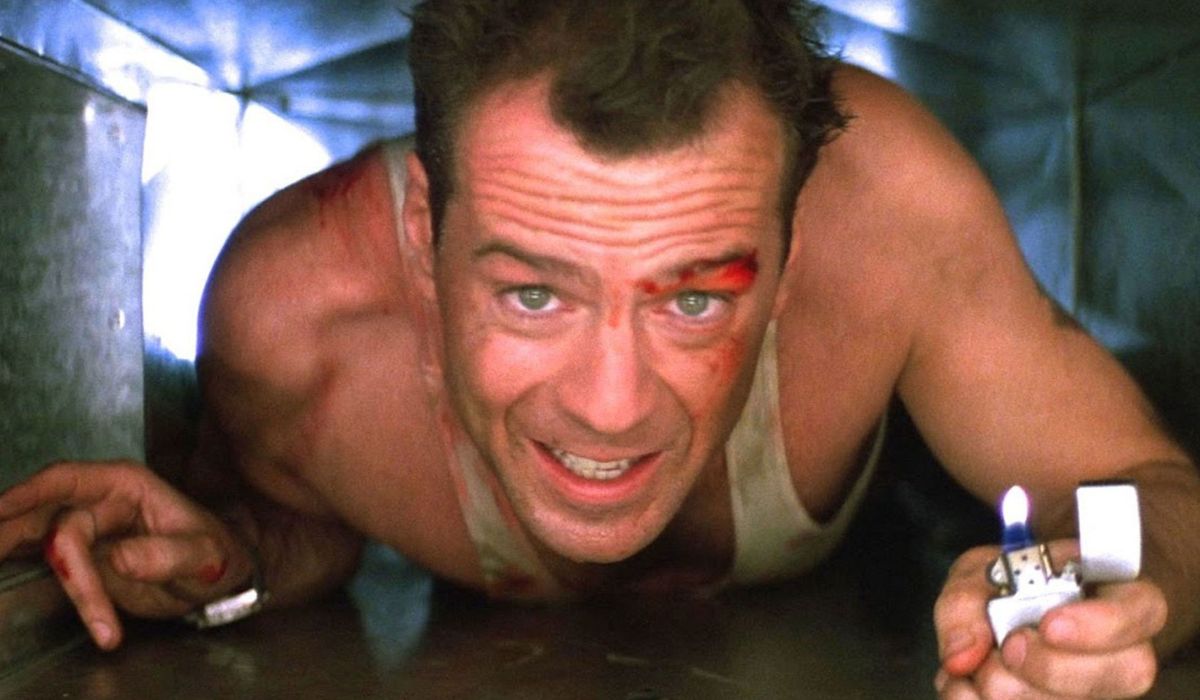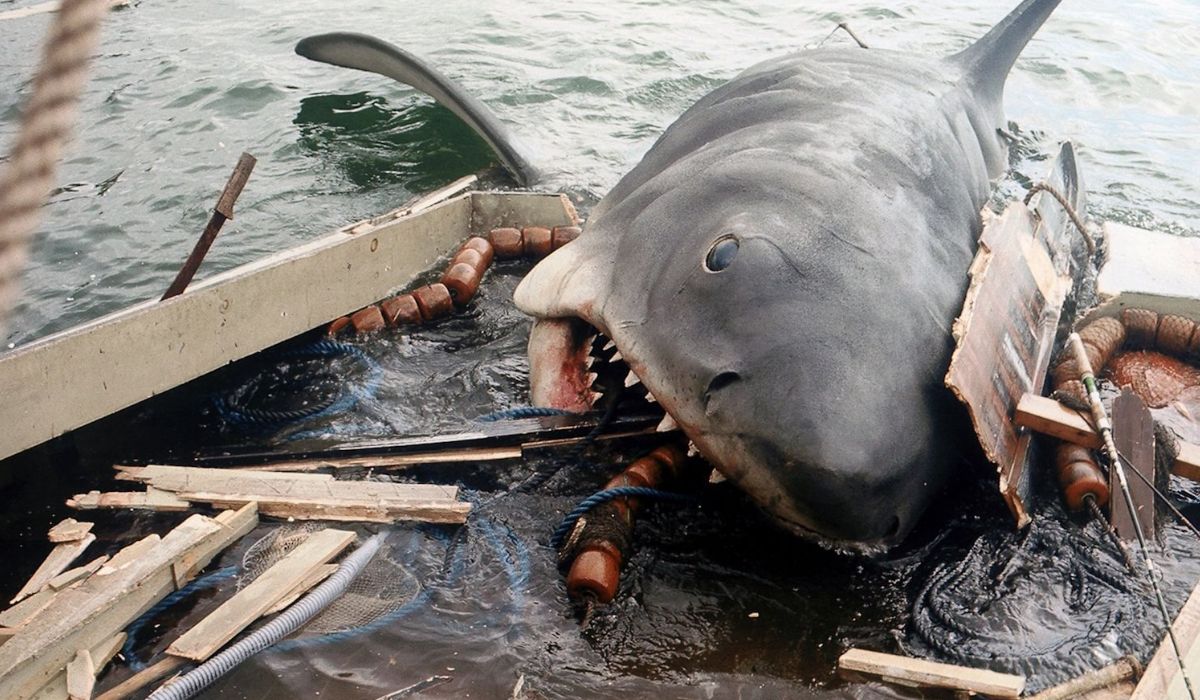
Certain films are designed as standalone stories, where the structure from start to finish is satisfying and further expansion feels like an attempt at capitalizing on success disguised as creative vision. However, in the movie industry, where financial performance takes precedence over narrative coherence, many movies that should have ended with a single installment have been transformed into extensive franchises – becoming repetitive and, to be honest, rather cringeworthy. This could be due to lack of fresh ideas, excessive plot twists that contradict the original concept, or simply not requiring additional content. Unfortunately, some sequels demonstrate that understanding when to stop is a talent that many studios have yet to master.
These are seven film series that began with a bang (some even revolutionized cinema) but eventually faltered due to an inability to stop expanding. Not every successful movie necessitates a follow-up.
1) The Matrix

The Matrix was intended to be a standalone film, offering a unique blend of action, philosophy, and science fiction that revolutionized the industry when it was released. Its timeless visual aesthetic and provocative concepts about reality and power continue to captivate audiences. The story concluded with Neo (played by Keanu Reeves), uncovering the truth, accepting his destiny, and assuming the role of “the one.” However, the sequels emerged due to the film’s overwhelming success, leaving fans disappointed as they failed to recapture the essence of the original.
The ideas became too complex, the actions became excessive, and the dialogue lost its impact, becoming lengthy and confusing explanations. What was once profound transformed into tedium, and what was once engaging turned into a bore. Instead of enhancing the universe, subsequent installments seemed to dilute the original’s brilliance. This movie series started in 1999 and is currently working on its fifth part. At this stage, one might question: why continue?
2) Friday the 13th

Speaking about slasher films, the initial “Friday the 13th” stands out as an exceptional example. It’s a straightforward yet chilling horror movie, boasting a tense, suspenseful ambiance and a surprising twist ending. As a revenge tale infused with elements of psychological horror, it could have easily been hailed as a genre classic. However, the film’s commercial success led to Jason Voorhees, a character initially minor in the original, becoming the iconic figurehead of a franchise that ultimately failed to bring anything fresh to the table.
After that, it seemed like nothing but a series of imaginative slayings lacking depth, repeating the same pattern repeatedly. Jason transformed into an unrealistically menacing antagonist, resurrected multiple times, pitted against psychics and venturing into space. The series lost all semblance of genuine peril and became solely focused on generating revenue, persisting more due to its reputation and audience intrigue rather than any quality content. Essentially, it had run its course.
3) Die Hard

it presented us with a human lead – imperfect, exposed, and thrust into an intense circumstance where he had to use his intelligence to endure. John McClane (played by Bruce Willis) wasn’t a superhero; instead, he was just a typical cop battling terrorists with limited resources other than courage and quick thinking. The film offered authentic tension, a swift pace, and a well-developed character arc. However, these qualities were unfortunately diluted in the four subsequent films that followed.
Initially, McClane transformed into an indestructible action figure, leaping from fighter planes, destroying helicopters, and escaping ludicrous situations unscathed. The series gradually evolved, trading tension for senseless spectacle – essentially mirroring the style of Mission: Impossible. This transformation led to the shedding of what made the original unique and plunged it into the same exaggerated action tropes it previously defied.
4) Halloween

To get straight to the point regarding Halloween, it’s often noted that only the initial movie is vividly remembered by many people. This film, similar to Friday the 13th, achieved legendary status due to its simplicity. The character Michael Myers (Nick Castle) was terrifying because he was enigmatic – a symbol of pure evil, silent, relentless, and without an obvious motive. The movie primarily relied on silence, perspective shots, and minimal gore to establish a chilling, unsettling ambiance that resonated with viewers. It was the kind of horror that flourished on subtlety rather than excess.
However, the sequels and subsequent adaptations significantly diminished the initial eerie atmosphere – truth be told, they’re barely remembered (not even the remakes). In an attempt to flesh out Michael’s history with cults, ancestry charts, and parallel realities, the series inadvertently diluted what made him terrifying. His iconic status stems solely from that first film, but what was once chilling has now turned into something predictable – fear has been replaced by pure absurdity. Each reimagining only served to emphasize that this should have remained a standalone production.
5) Jaws

Jaws epitomizes the concept of “simplicity is key,” as Steven Spielberg expertly crafted an atmosphere of impending dread with minimal shark appearances, concentrating more on human emotions, terror, and lingering apprehension. The film boasts vivid characters, a compelling plot, and a skillfully managed narrative flow. Regrettably, it seems that Hollywood’s inability to leave well enough alone has reared its head once more – unfortunately for the series, this sequel-focused approach ended up being its own undoing.
As a devoted fan, I’ve come to realize that the entertainment world often struggles to recapture the enchantment of a blockbuster success in subsequent films. Unfortunately, this series took a downward spiral with each sequel, resorting to low-budget special effects, lackluster plotlines, and preposterous concepts, such as a shark supposedly driven by revenge against a family. This is a clear demonstration of the issue at hand. Not only did these follow-ups fail to preserve the original’s soul, but they also diluted some of its cultural significance. The franchise squandered its reputation and essentially became a running joke.
6) Taken

Among all the films on this list, Taken could be the most challenging to evaluate critically. The initial installment presented a compelling foundation: a retired agent employing his expertise to rescue his abducted daughter. It was a straightforward narrative with intense action sequences and genuine emotional resonance. Liam Neeson delivered a convincing portrayal as the resolute yet unwilling hero, making it unsurprising that the movie turned out to be an unexpected success, thanks to its well-constructed plot, clear objectives, and satisfying resolution. Consequently, the desire for a sequel was not unwarranted – at least on paper.
In hindsight, it was glaringly obvious that the series had strayed from its roots. With each new installment, the narrative seemed to regurgitate the same worn-out template, lacking the edge-of-your-seat tension and heartrending depth of the initial production. Before long, I found myself trapped in a repetitive cycle of abductions and pursuits, where the protagonist appeared less as a frantic father and more like an invincible action hero. It’s a tragic instance of a promising concept being overextended to the point of losing its essence entirely.
7) Back to the Future

Some could contend that “Back to the Future” doesn’t belong on this list because it’s essentially a screenwriting masterpiece: it has a well-structured storyline with a clear start, middle, and end, memorable characters, and time travel logic that stays consistent within its own framework. Essentially, it offers a self-contained, enjoyable, and fulfilling adventure. However, upon reflection, many people may not recall or have fully watched the sequels. More individuals are aware of it as a franchise than those who have seen all the films. The first movie’s ending with the DeLorean flying off was more of a humorous wink than a genuine call for continued exploration, so the sequels felt like forced extensions that ultimately diminished the enchantment.
The second film became entangled in intricate timeframes and contradictions, which dampened what initially was a cheerful narrative. The third, based in the Old West, seems more like a spin-off than a genuine follow-up. None of the sequels managed to recapture the original’s equilibrium – they merely overextended a tale that had already been beautifully crafted.
Read More
- We Loved Both of These Classic Sci-Fi Films (But They’re Pretty Much the Same Movie)
- Masters Toronto 2025: Everything You Need to Know
- Valorant Champions 2025: Paris Set to Host Esports’ Premier Event Across Two Iconic Venues
- The Lowdown on Labubu: What to Know About the Viral Toy
- Street Fighter 6 Game-Key Card on Switch 2 is Considered to be a Digital Copy by Capcom
- ‘The budget card to beat right now’ — Radeon RX 9060 XT reviews are in, and it looks like a win for AMD
- Karate Kid: Legends Hits Important Global Box Office Milestone, Showing Promise Despite 59% RT Score
- Mario Kart World Sold More Than 780,000 Physical Copies in Japan in First Three Days
- There is no Forza Horizon 6 this year, but Phil Spencer did tease it for the Xbox 25th anniversary in 2026
- Microsoft Has Essentially Cancelled Development of its Own Xbox Handheld – Rumour
2025-06-22 16:41